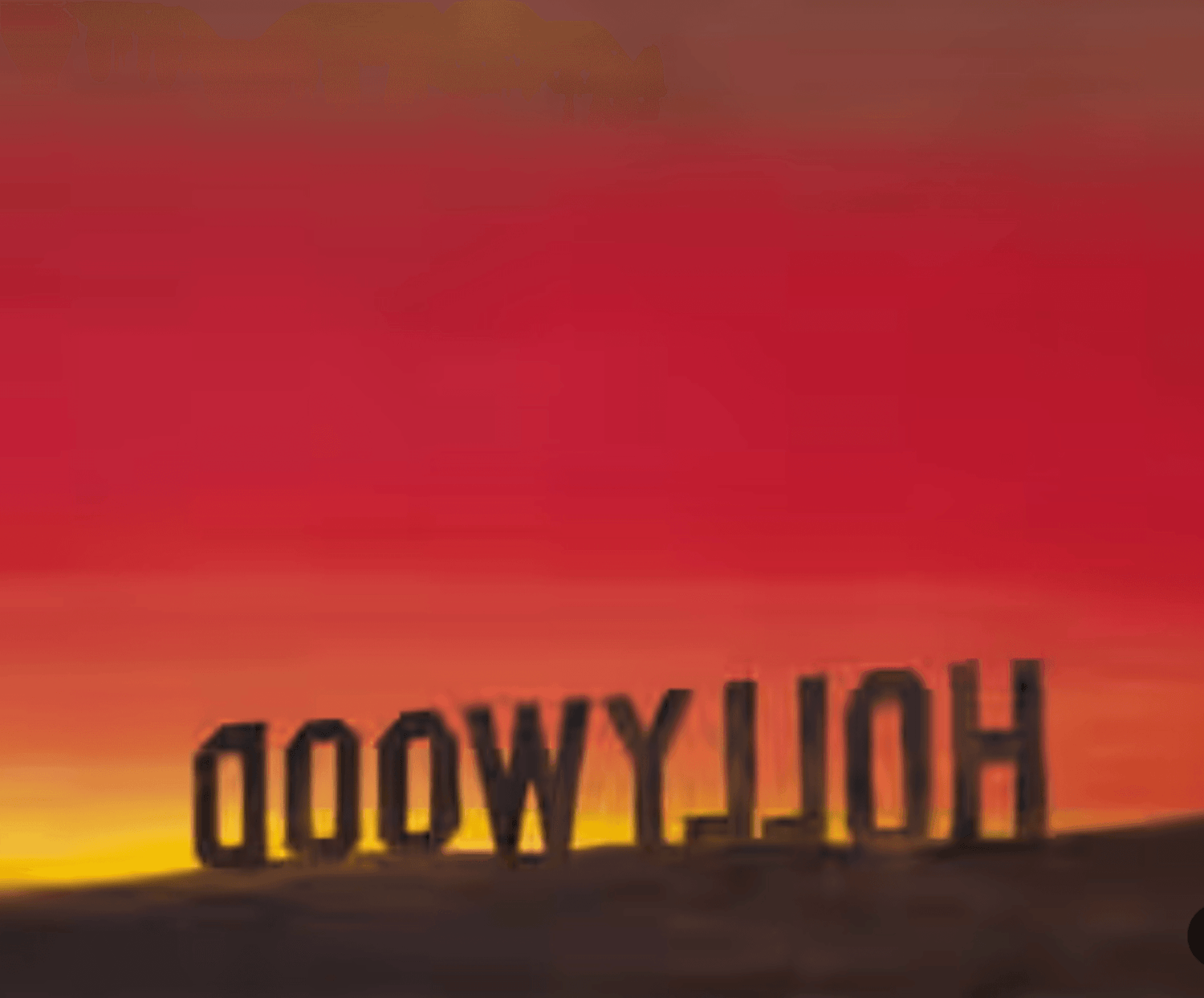John Goodyear 2 Sided Movement 1969 Signed Ltd Ed Screenprint
John Goodyear 2 Sided Movement 1969 Signed Ltd Ed Screenprint
Couldn't load pickup availability
Share
John Goodyear
Two-Sided Movement (from New York International portfolio), 1965
Double-sided screenprint and vinyl grid overlay
Paper: 17 x 22 inches
Frame: 21 x 25 inches
Numbered, signed and dated "38/225 John Goodyear '65" in pencil on vinyl grid
Publisher Tanglewood Press, Inc., New York
Printer Chiron Press, New York
Excellent condition, floated archival white wood frame with plexiglass
This work is meant to be reconfigured as the owner sees fit and can be adjusted or reversed to display several different optical images.
Selected Museum Collections
The Museum of Modern Art, New York
The Whitney Museum of American Art, New York
The Metropolitan Museum of Art, New York
Museum of Contemporary Art, Chicago
Condition
This John Goodyear Op Art screenprint is in museum quality condition without condition issues, floated in white wood frame with plexiglass.
In a career that spanned more than six decades, John Goodyear utilized painting, drawing, light, optics, installation, and heat to engage his audience and re-contextualize the viewer’s present observation. These shifting views created throughout his career reveal a body of work that lends itself to both reflection on the inner self and discovery of the outside world. Goodyear said it simply and best: “Art makes one see, what one sees makes art.”
John Goodyear’s works are held in over sixty museum collections worldwide including the Metropolitan Museum of Art, New York; the Museum of Modern Art, New York; National Museum of American Art, Smithsonian Institution, Washington, DC; Solomon R. Guggenheim Museum, New York; and the Whitney Museum of American Art, New York, among many others.
John Goodyear was born in Los Angeles, California in 1930; in 1947 he won a full tuition scholarship to the University of Michigan, Ann Arbor, graduating with a Bachelor in Design in 1952. In 1954 he received his Masters of Design from the University. Following graduation he immediately was drafted into the U.S. Army and served two years in Japan, where his wife, Anne Dixon, whom he met at and married in college, joined him. His service in Japan would have an important impact on his work: Japanese architecture and Zen Buddhism led to the sparse ambiguity that would go on to characterize his work.
From 1956 to 1962, Goodyear taught at the University of Michigan, Grand Rapids. While painting his house in the late 1950s, Goodyear formed the idea to paint in three-dimension, resulting in works that fluctuate between painting and sculpture, in which moving parts invite the viewer to participate. In 1962 he received a grant from the Graham Foundation, which lead to a two year teaching position at the University of Massachusetts, Amherst.
While at University of Massachusetts, Amherst, Goodyear prepared for the grant a body of work that by 1964 would become his first solo show in New York at the Amel Gallery. During the early to mid 1960s, these three-dimensional paintings resulted in suspended open grids behind which hangs a canvas with a pattern. These hanging grilles are activated not by motors but by the touch of the hand or a walk by creating optical movement, illusions of perspective, and shimmering colors. Goodyear has commented that “chance effects enliven rigid structures” and thus the viewer determines what is seen and reveals that there are multiple ways to see the same thing.
The kinetic artwork was a revolutionary break from the emotionally charged Abstract Expressionist canvases and declared art can be powerfully unemotional by challenging relationships through optical shocks and rhythmic movement. Writing about his show at Amel Gallery in The New York Times, Brian O’Doherty said, “It is in fact a staggering display of invention and virtuosity within strict disciplines, a show in which intelligence manipulates feeling with the exact and removed precision of those handling devices for shielded radioactive material.”
These kinetic constructions quickly grabbed the attention of many prestigious museums. He was included in Art of the Responsive Eye, Museum of Modern Art, New York (1965), Optic Art Today, Albright-Knox Gallery, Buffalo (1965), Light/Motion/Space, Walker Art Center, Minneapolis (1966), and three exhibitions in 1966 at the Whitney Museum of American Art, New York.
By 1964 Goodyear was teaching at the Mason Gross School of Visual Art, Rutgers University, replacing Roy Lichtenstein. Goodyear later became chairman of the Art Department.
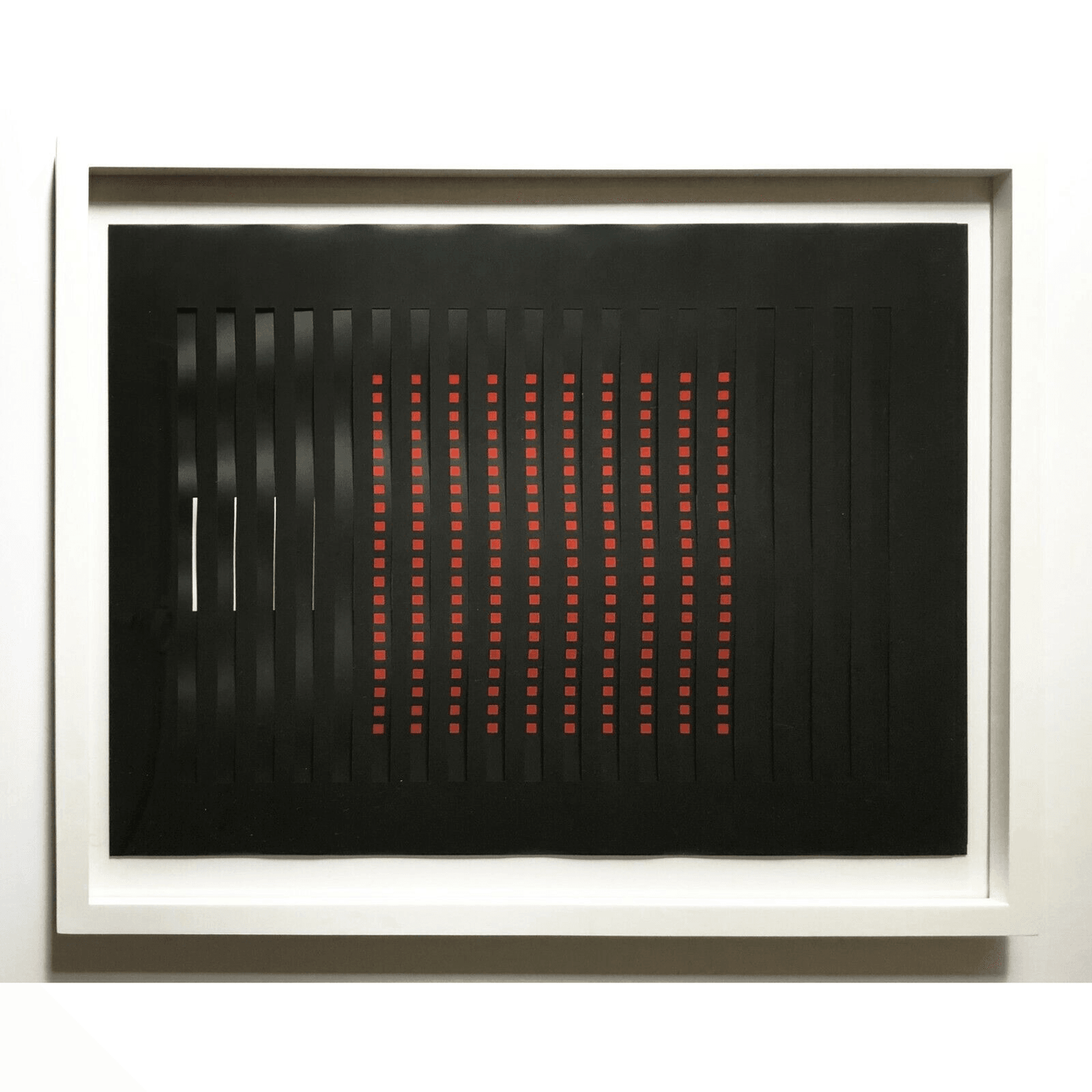

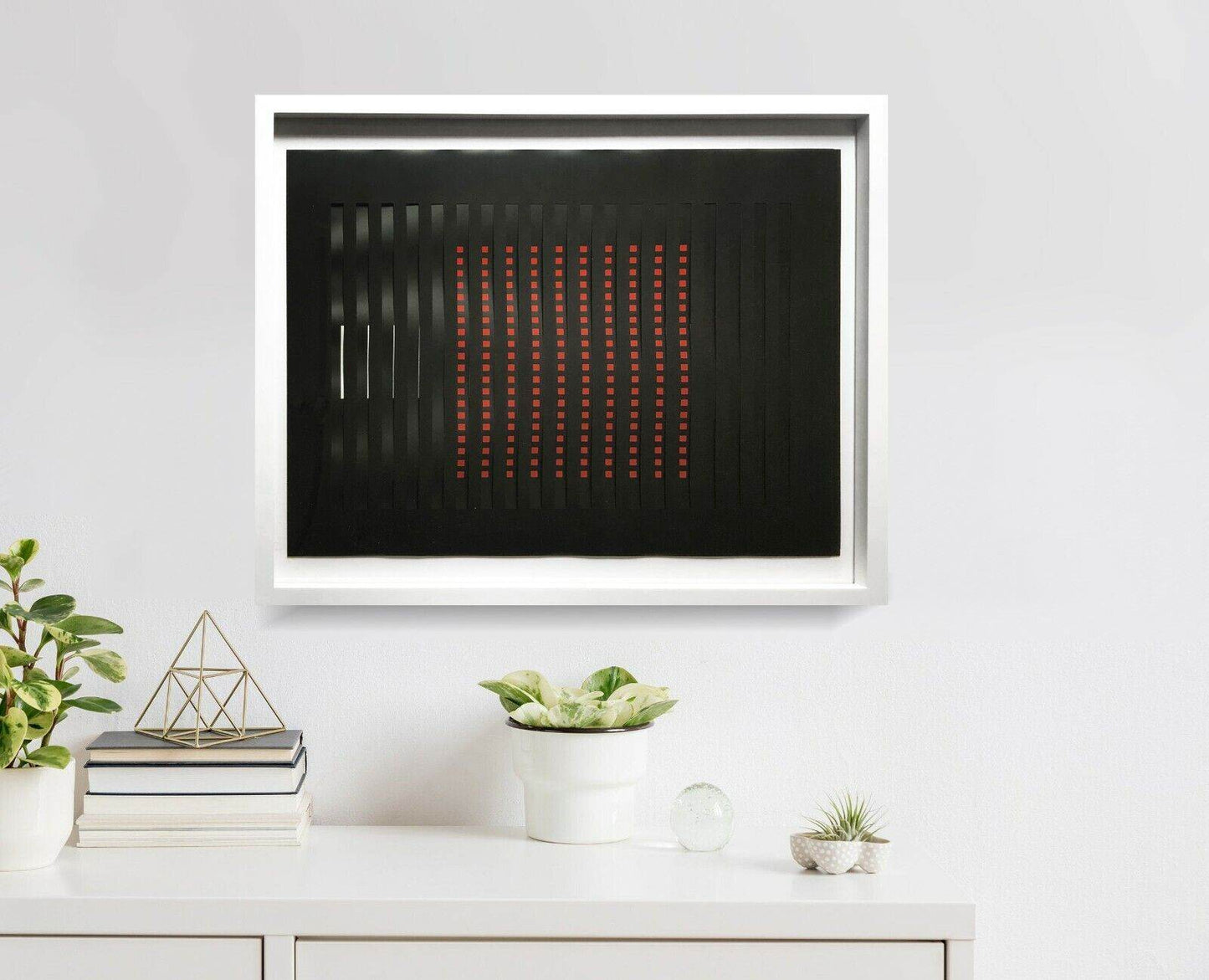
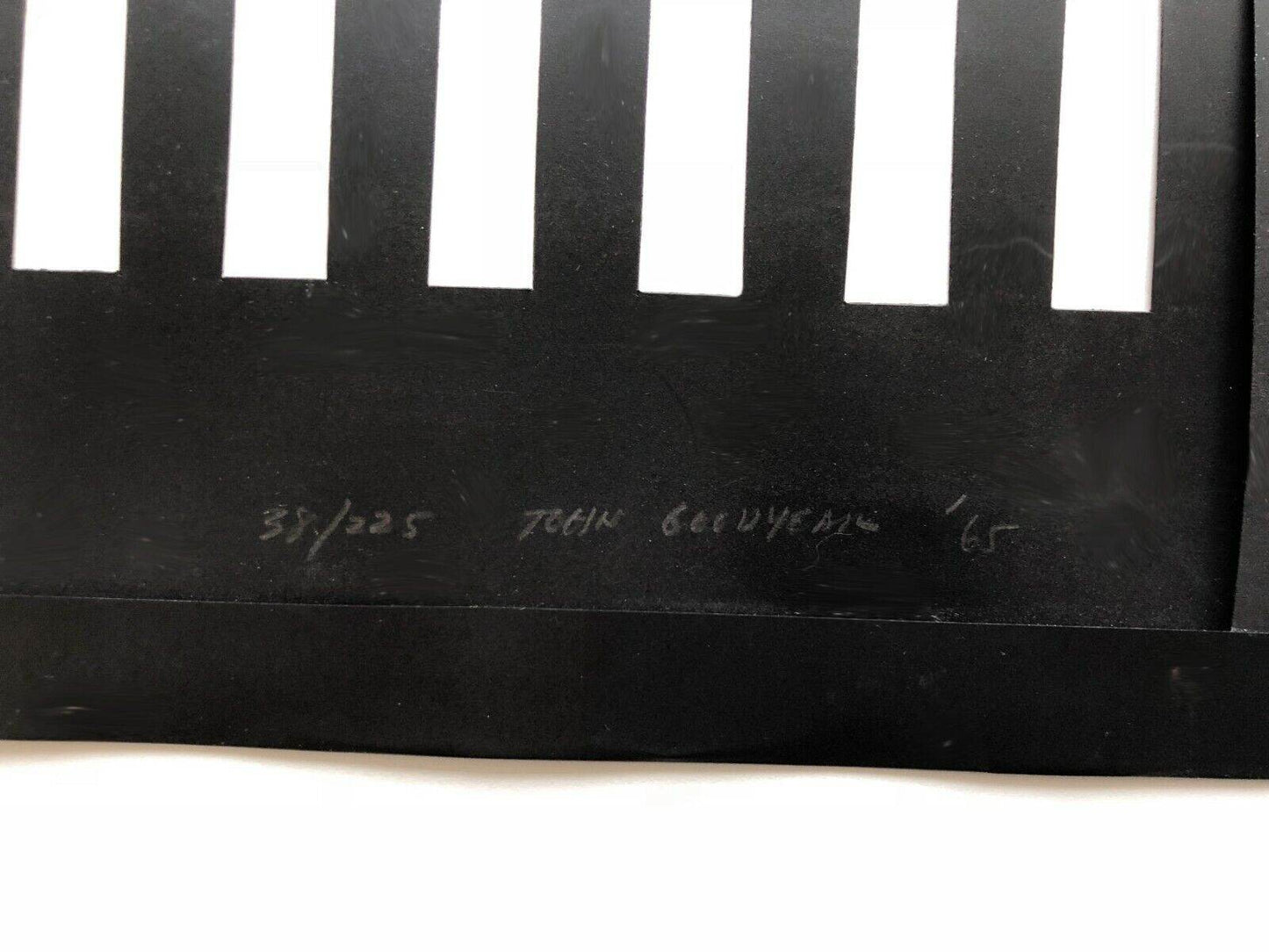
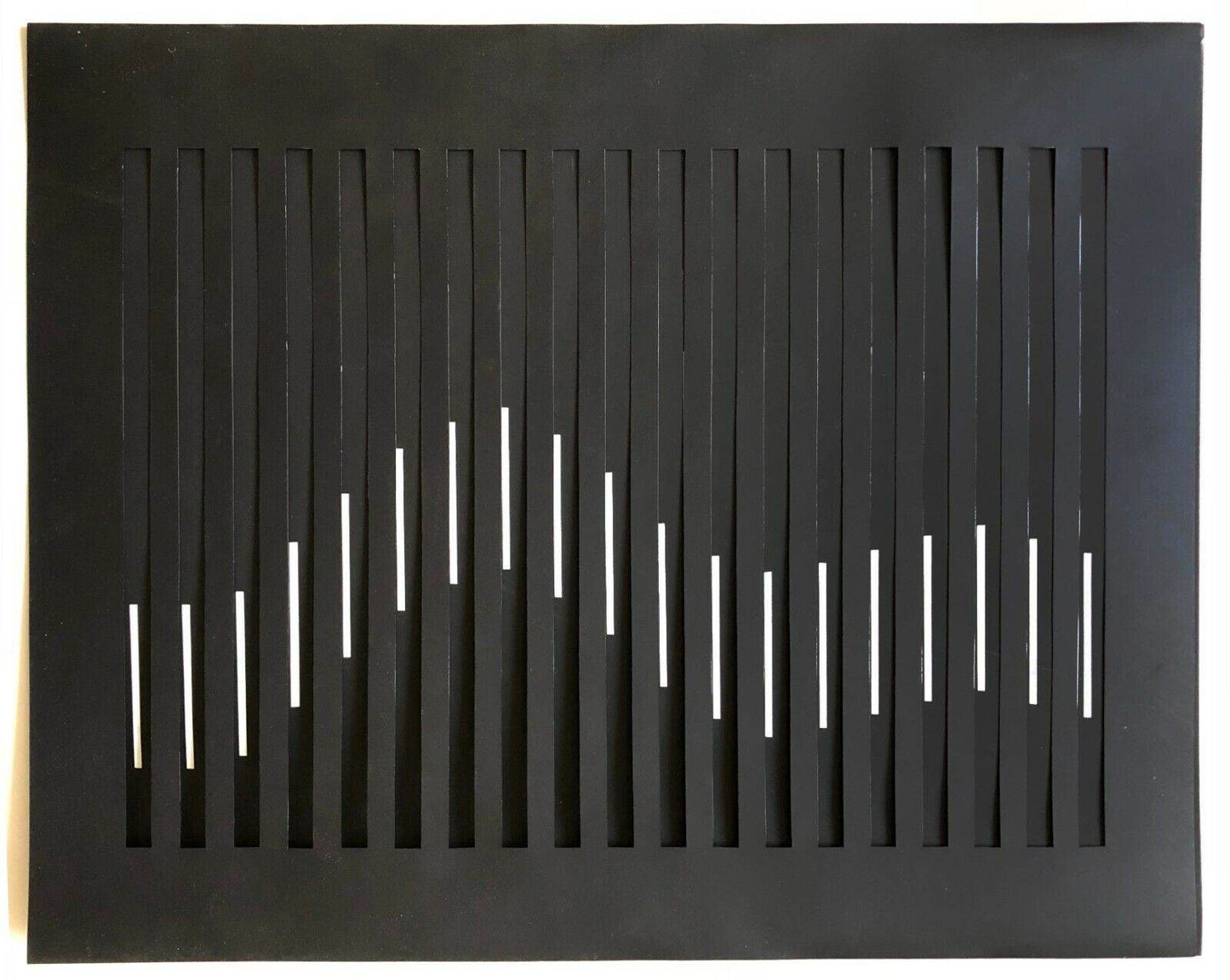


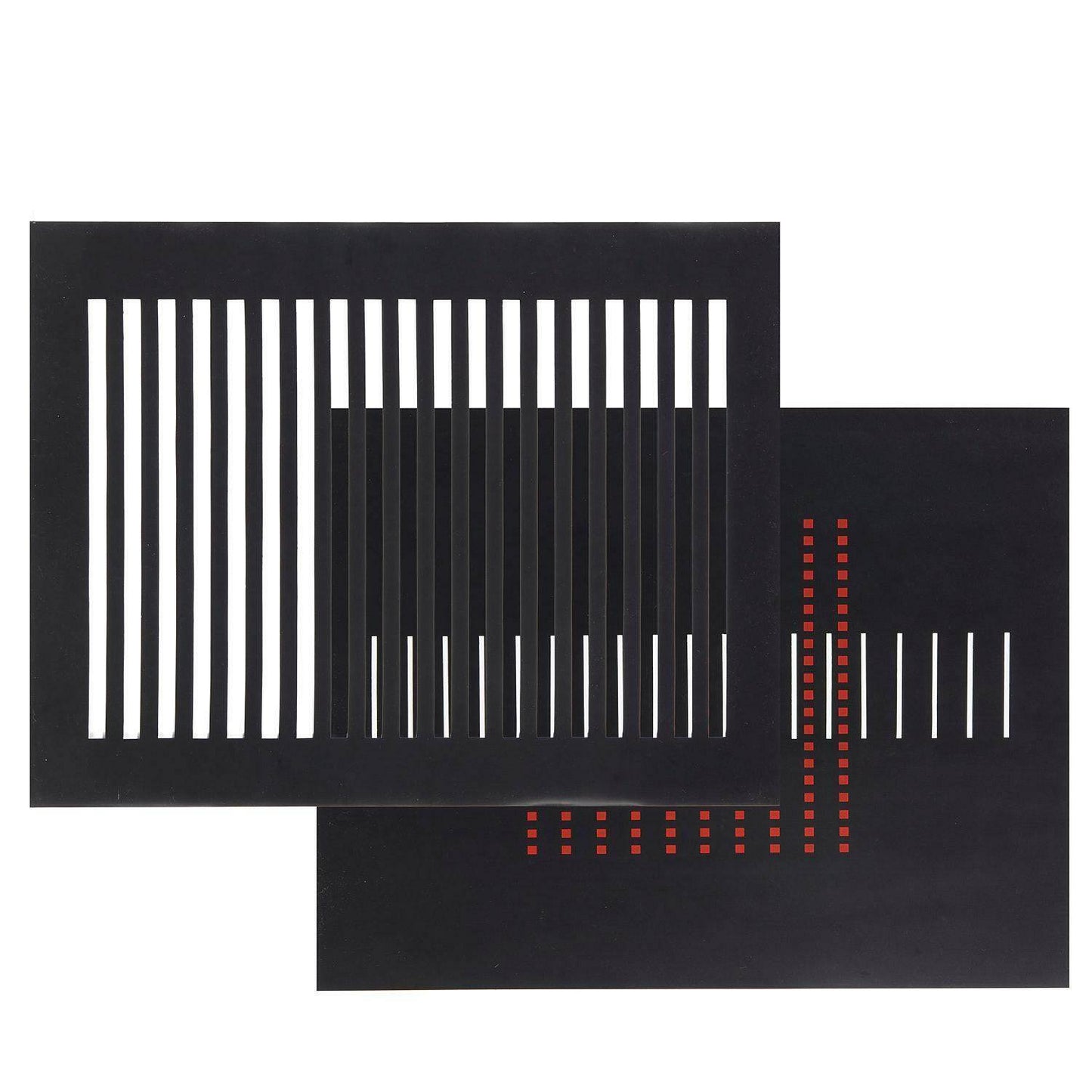
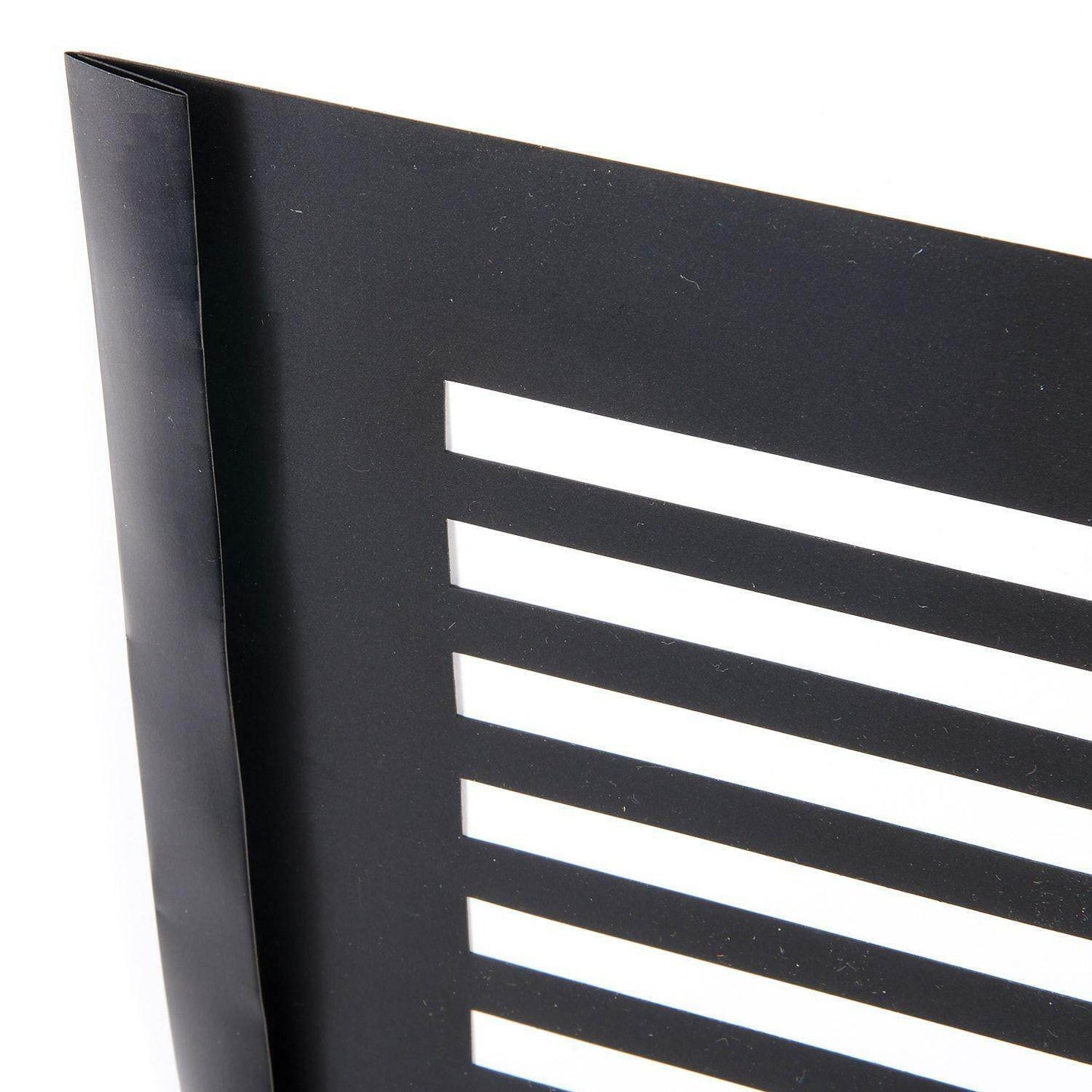
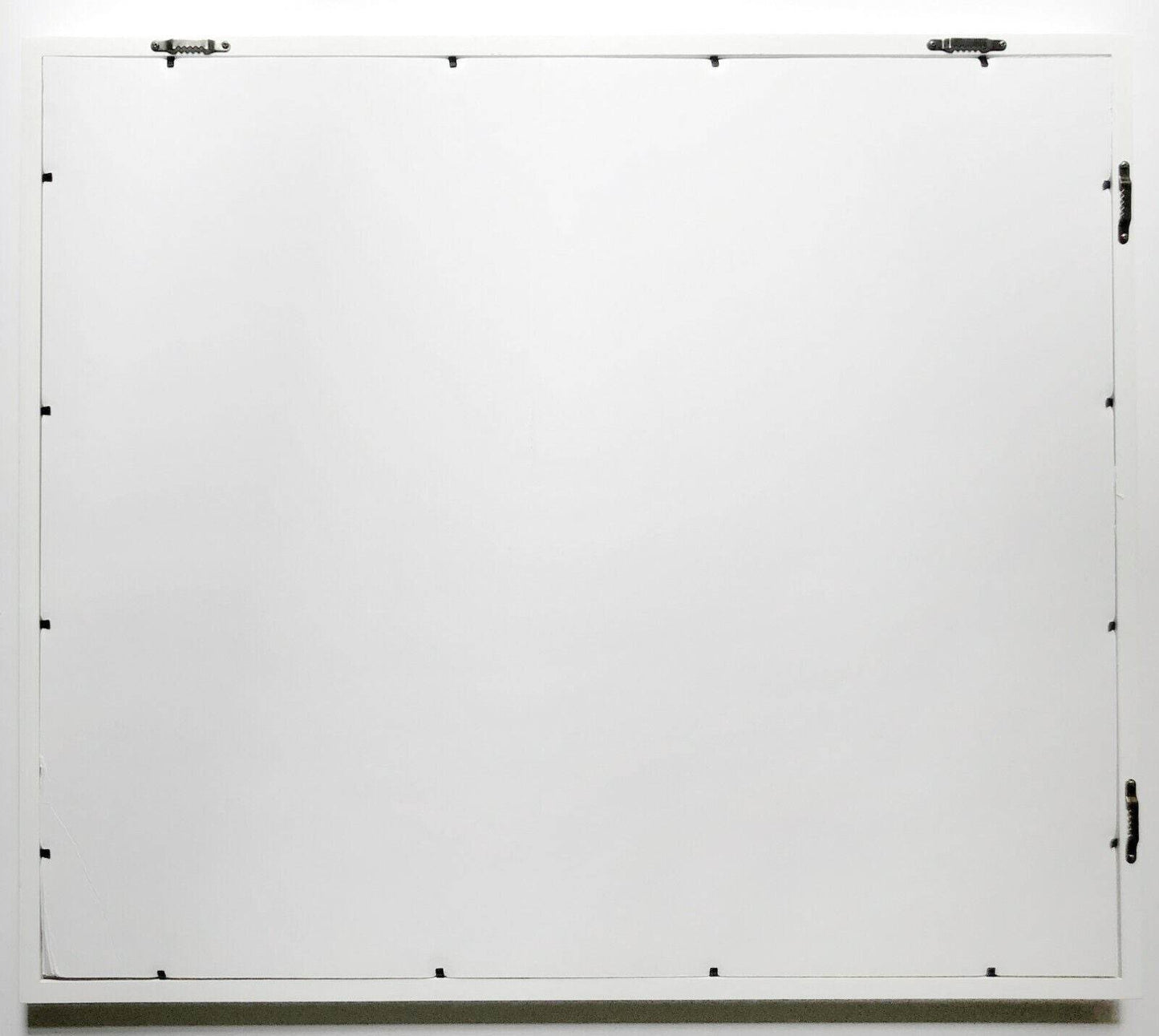
View Available Works by Artist
-
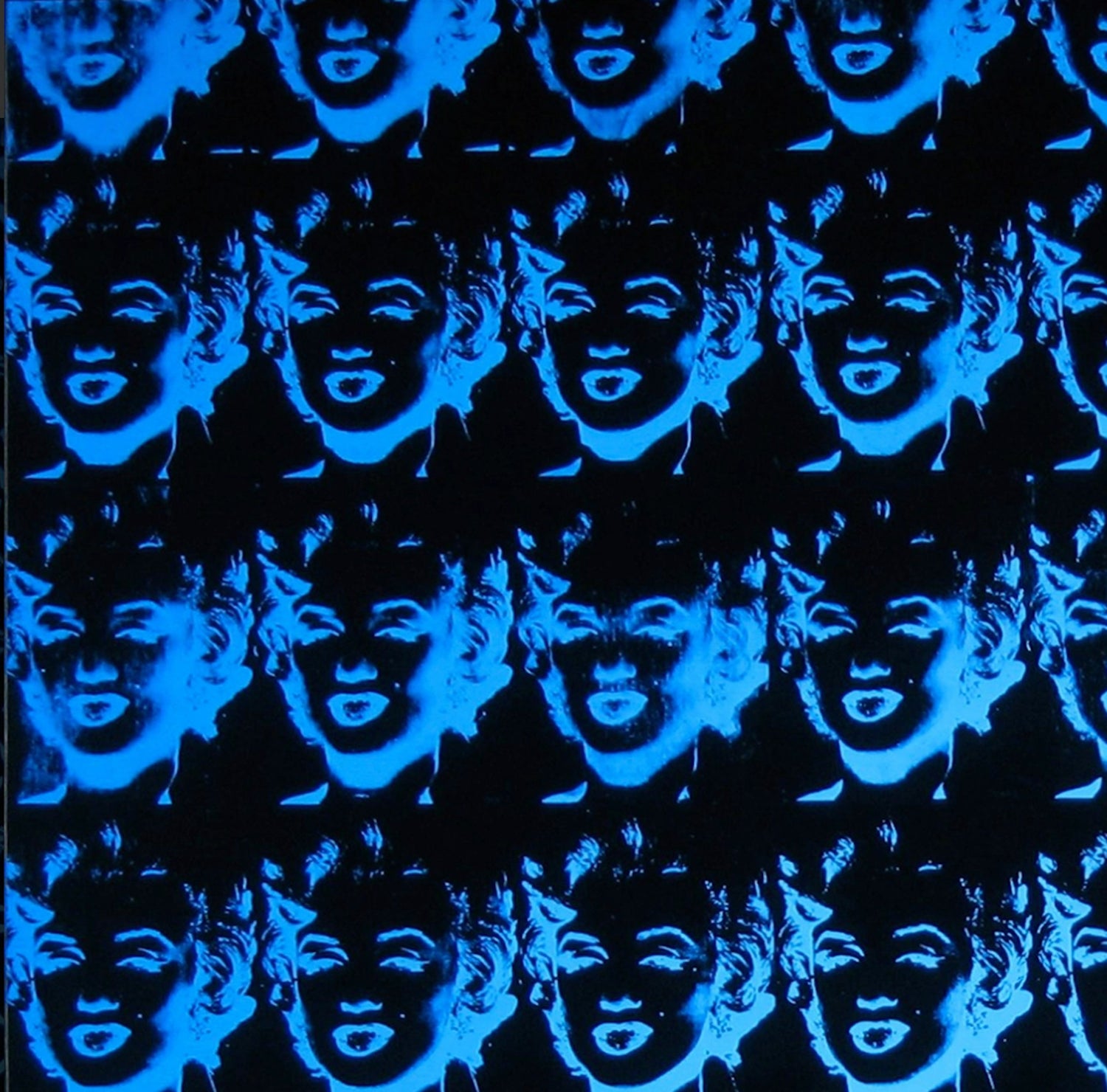
Andy Warhol
Shop guaranteed authentic blue-chip Andy Warhol Pop Art including original and unique 50's...
-
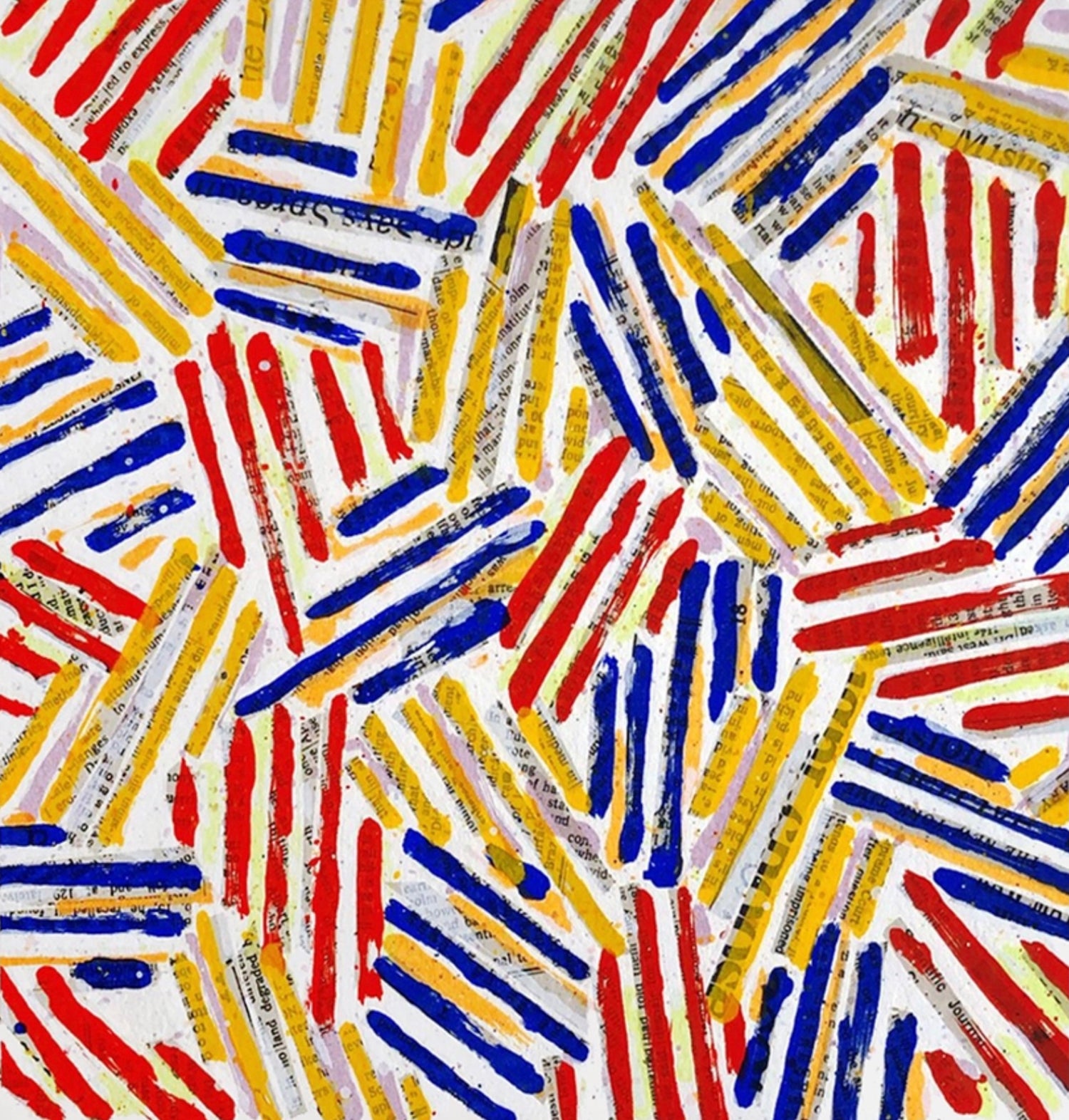
Jasper Johns Prints
Jasper Johns ranks among the world's greatest printmakers, often compared to Pablo...
-
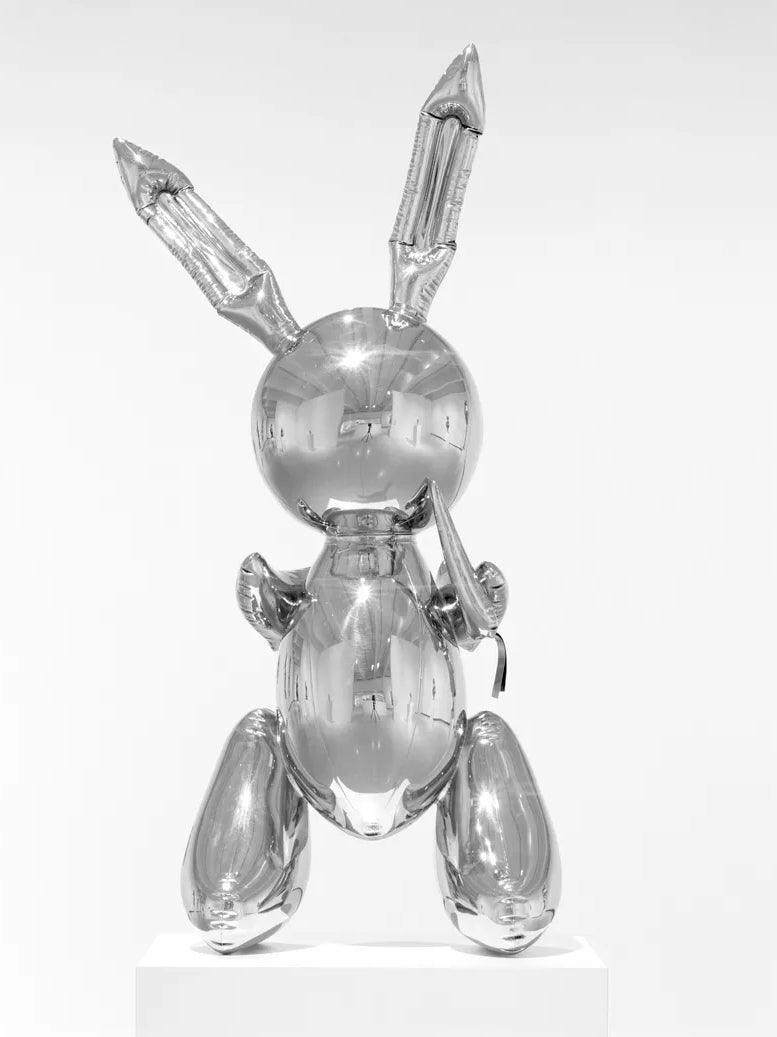
Jeff Koons
Shop guaranteed authentic museum quality Jeff Koons prints & multiples at Joseph...
-
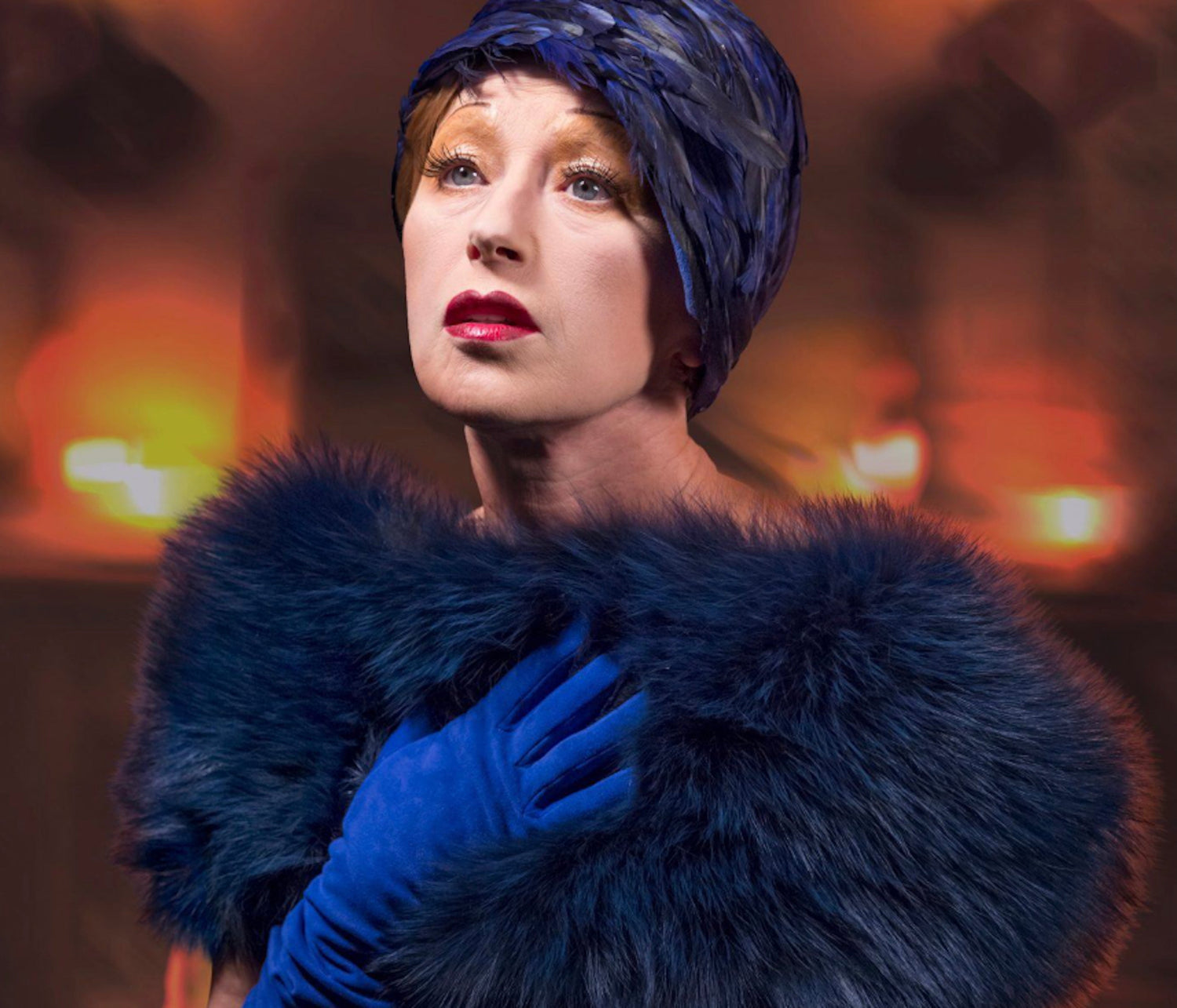
Cindy Sherman
Shop guaranteed authentic Cindy Sherman signed, dated and numbered museum quality limited editions...
-

Tony Rosenthal
Shop guaranteed authentic Tony Rosenthal unique maquette sculptures from many of the artist’s...
-
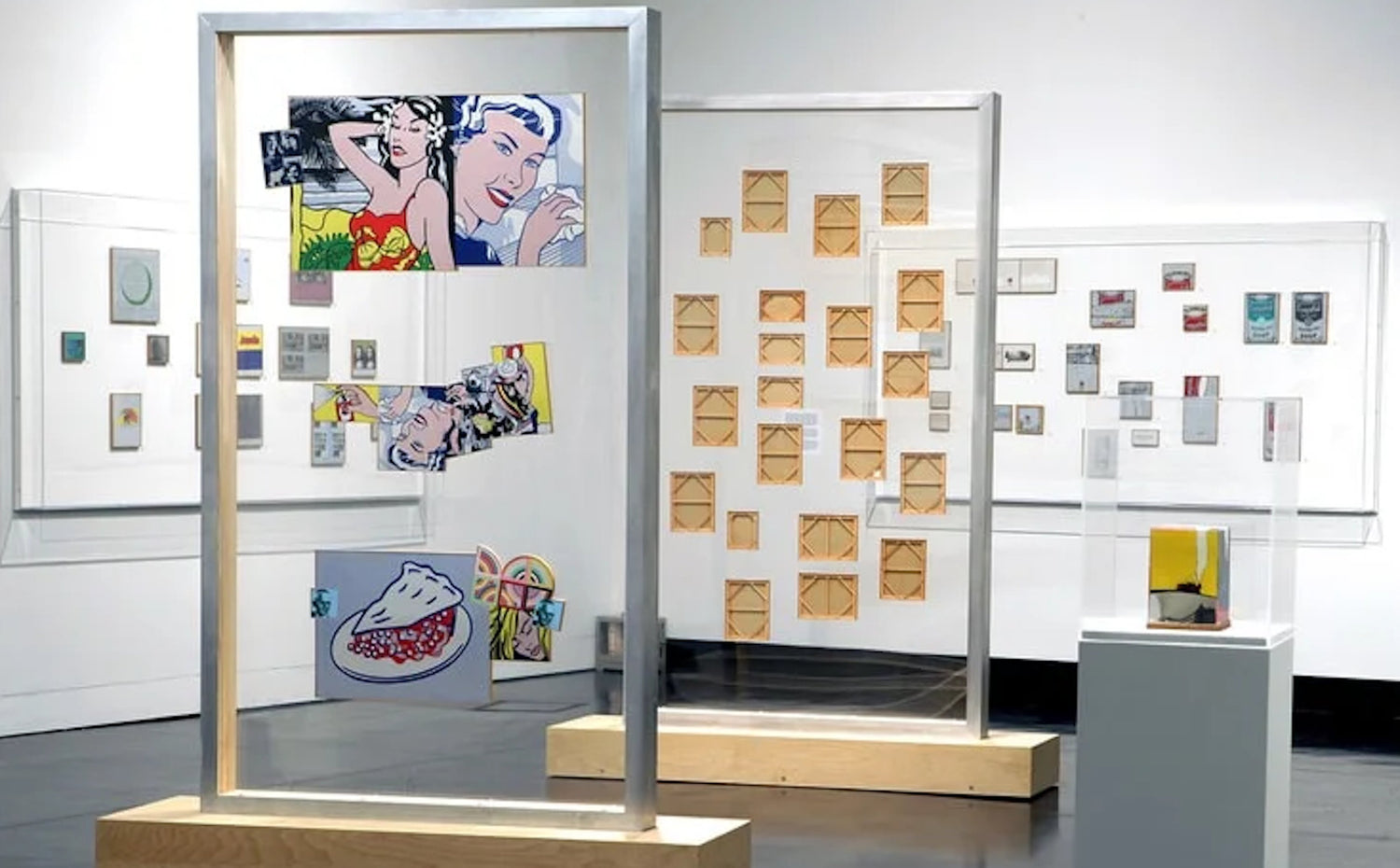
Richard Pettibone
Shop guaranteed authentic unique Richard Pettibone Pop Art Appropriations at Joseph K. Levene...
-
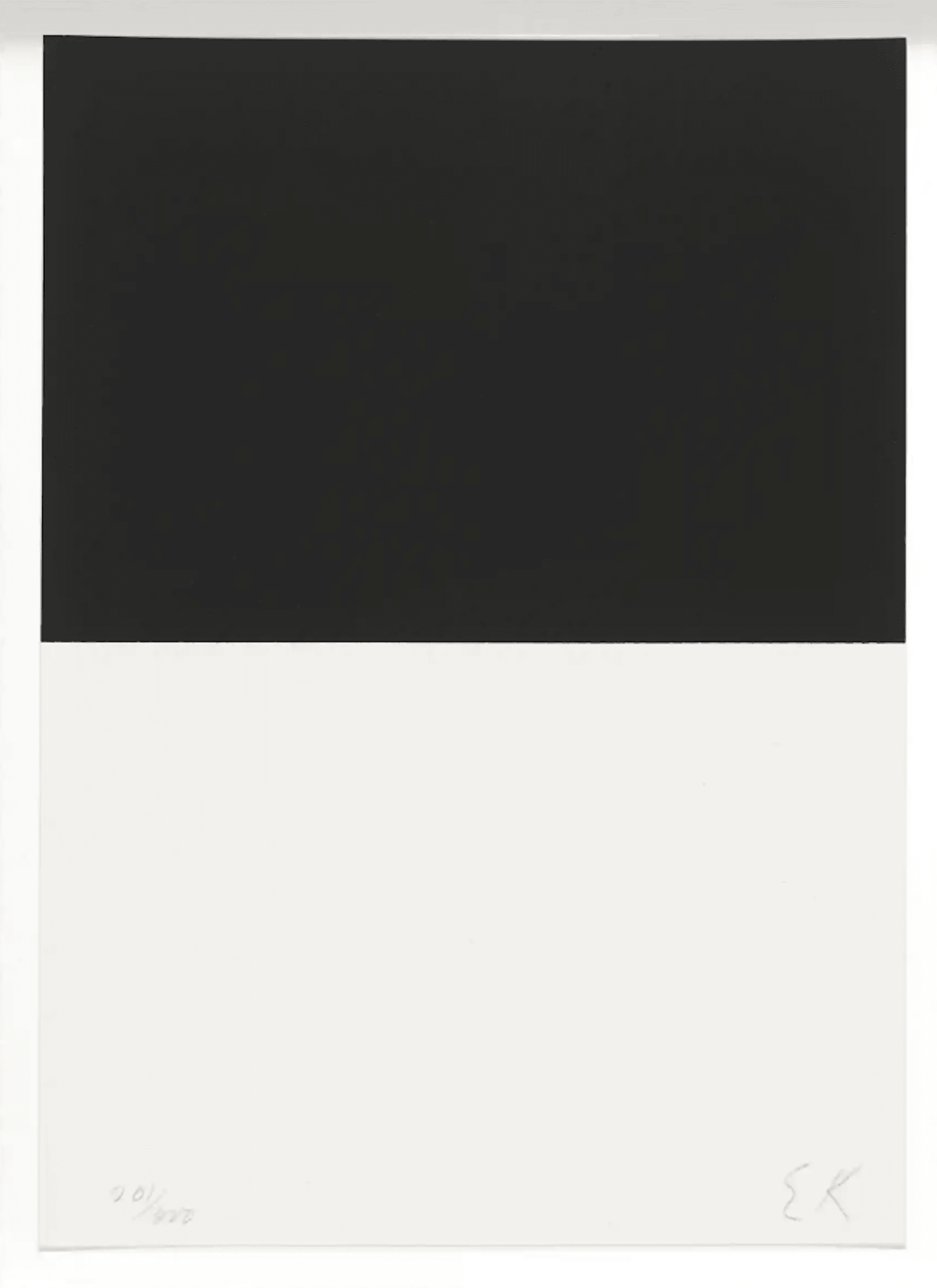
Ellsworth Kelly
Shop guaranteed authentic Ellsworth Kelly limited edition prints and ephemera at Joseph...
-
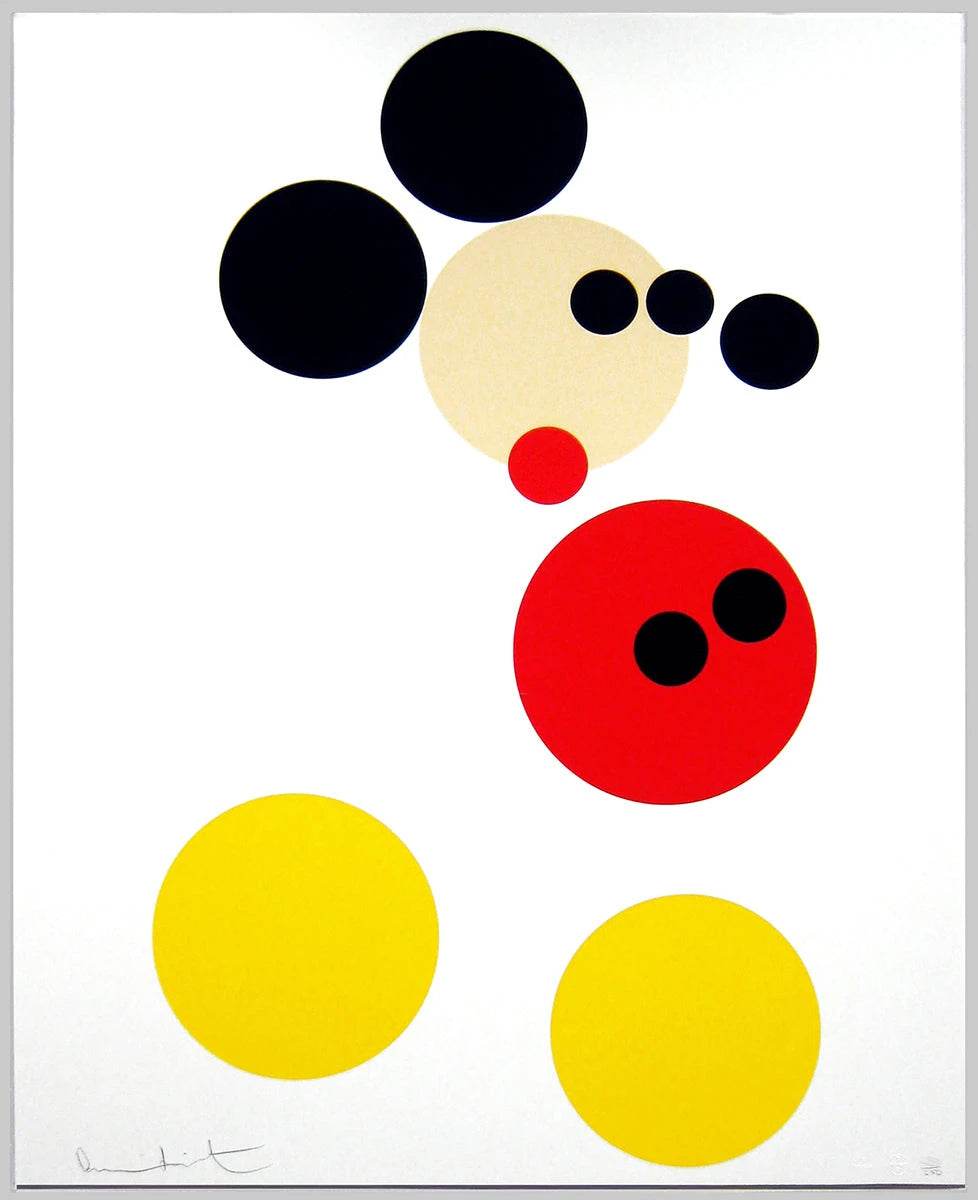
Damien Hirst
Shop guaranteed authentic blue-chip Damien Hirst signed and numbered limited edition prints...
-
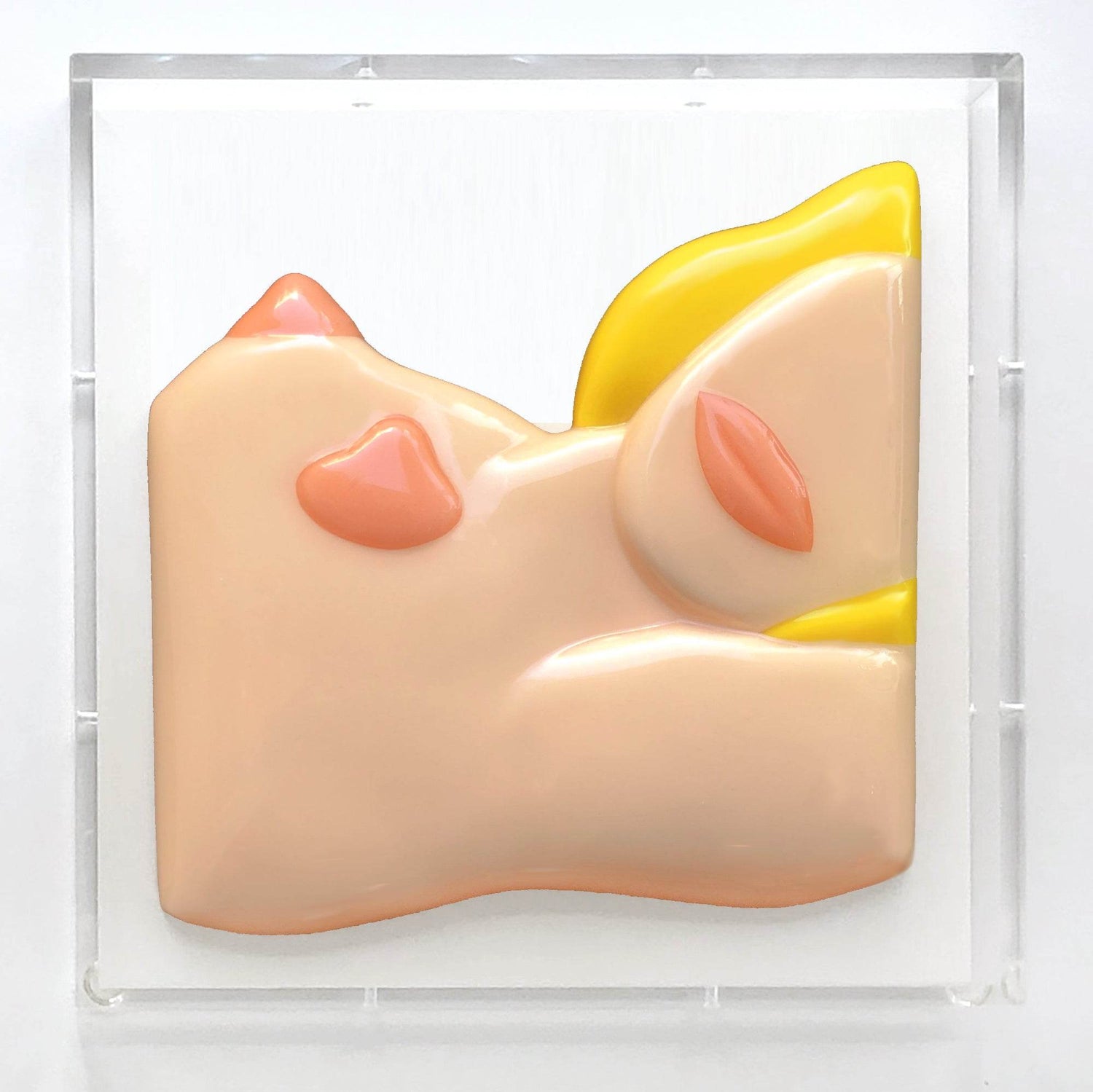
Tom Wesselmann
Shop guaranteed authentic Tom Wesselmann signed and numbered museum quality Pop Art...
-
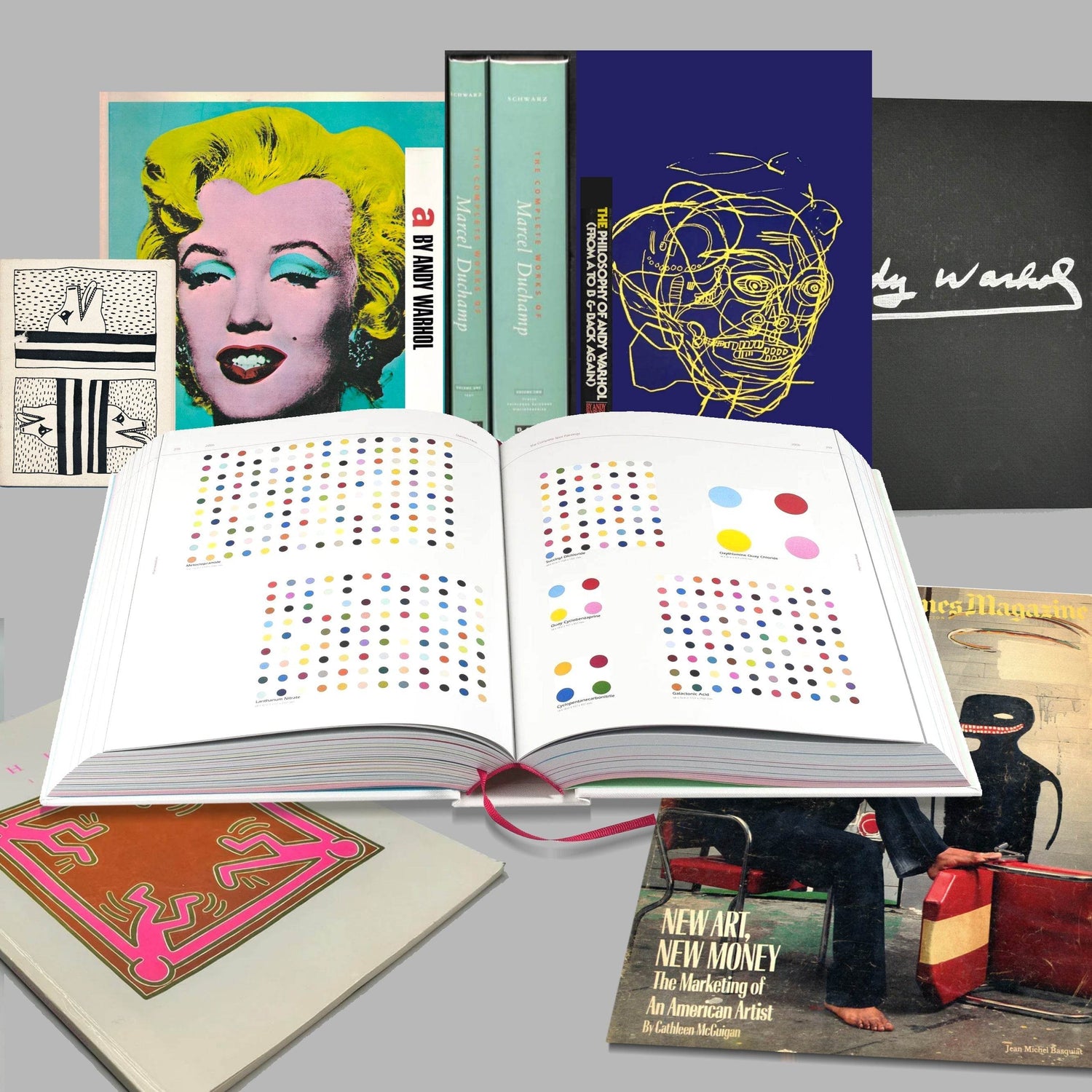
Art Books & Catalogues
Shop guaranteed authentic art books & catalogues at Joseph K. Levene Fine...
-
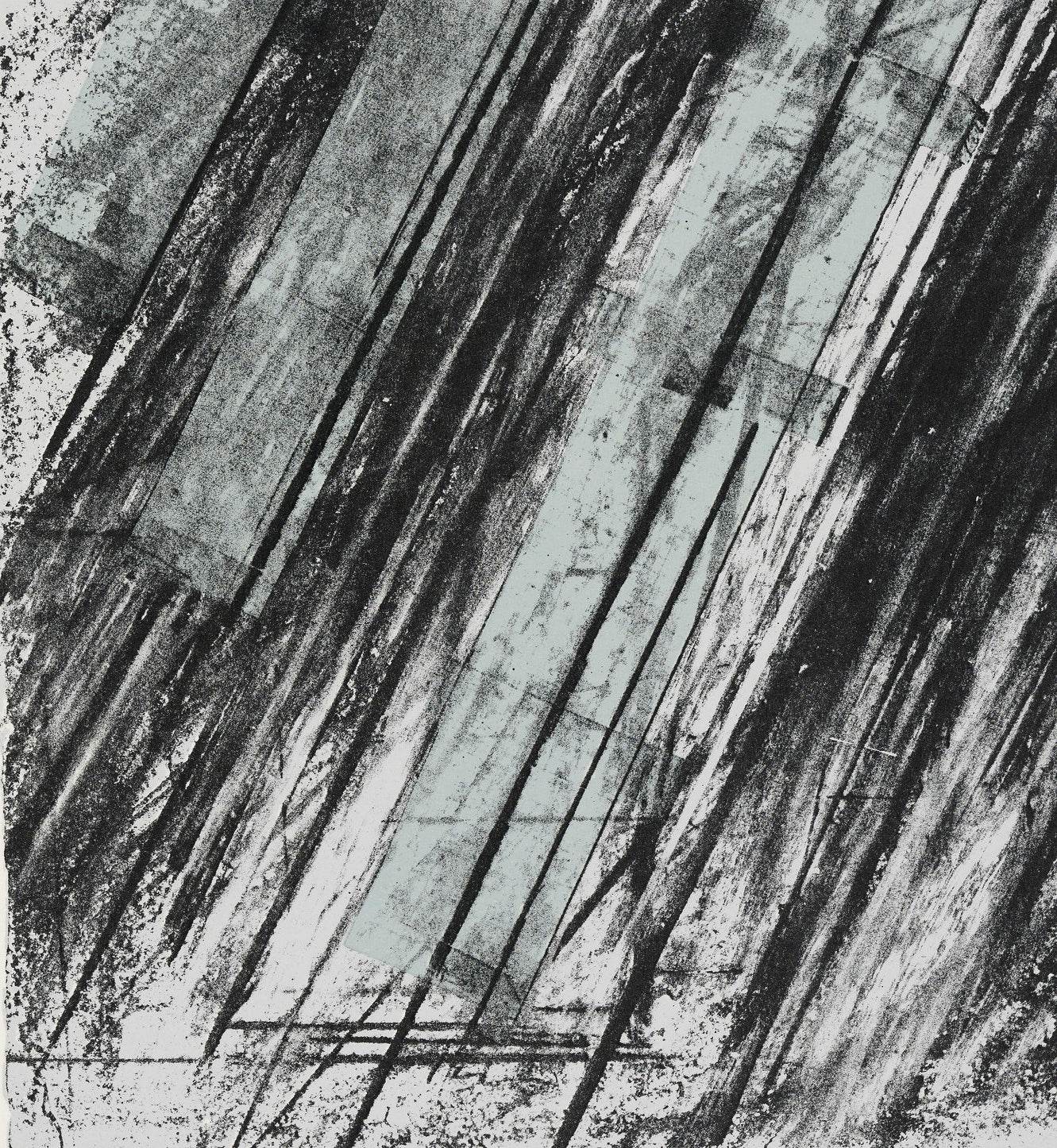
Prints & Multiples
Shop guaranteed authentic blue-chip prints & multiples at Joseph K. Levene Fine...



















